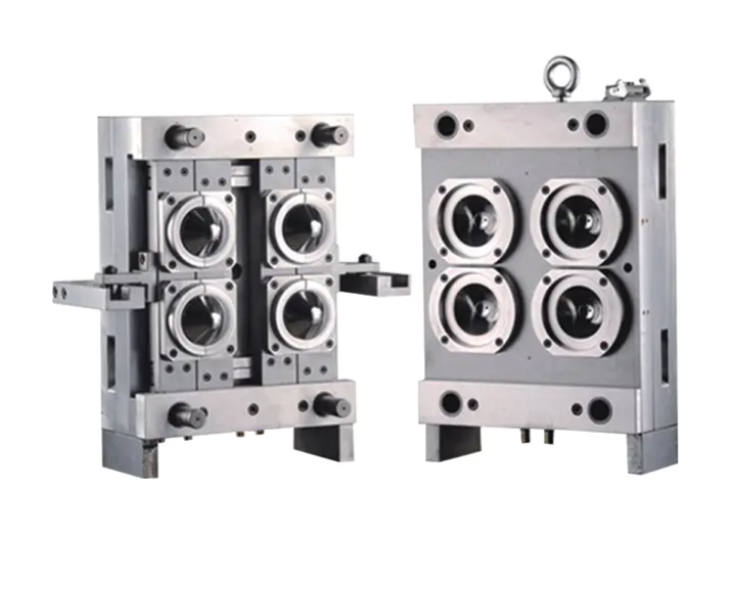In the world of manufacturing and packaging, blow and injection mouldings and bottle preform moulds have become important components. Their versatility, efficiency, and cost-effectiveness have revolutionized the packaging industry, making them the preferred choice for a wide range of products. This article delves into the various aspects of blow and injection mouldings and bottle preform moulds, showcasing their impact and significance.
Blow and injection mouldings are manufacturing processes used to create hollow plastic products, including bottles, containers, and other packaging materials. Both these techniques involve the use of moulds to shape molten plastic into the desired form. However, they differ in the way the plastic material is introduced into the mould.
Blow moulding is primarily used for creating hollow objects with a uniform wall thickness, such as bottles. The process starts with the melting of plastic resin, which is then extruded into a tubular form called a parison. This parison is then placed in a mould, where compressed air is blown into it to expand and shape it according to the mould's design. Blow moulding allows for high production rates and can produce lightweight, durable, and cost-effective containers.
On the other hand, injection moulding is used for manufacturing a wide range of products, including bottle preforms. It involves injecting molten plastic into a mould under high pressure. The plastic then cools and solidifies, allowing the mould to be opened and the part to be ejected. Injection moulding offers excellent precision, repeatability, and complexity compared to blow moulding. It enables the creation of intricate designs, thin walls, and high-quality finishes. Bottle preform moulds, specifically designed for injection moulding, play a crucial role in producing the preform - the initial shape that is later transformed into a bottle.
Blow and injection mouldings, along with bottle preform moulds, bring several advantages for both manufacturers and consumers. Firstly, these techniques offer fast production cycles, ensuring efficient and timely delivery of products. Additionally, they allow for mass production, reducing overall manufacturing costs. The versatility of these processes enables the creation of diverse shapes, sizes, and designs, meeting the packaging requirements of various industries.
Furthermore, blow and injection mouldings, combined with bottle preform moulds, offer lightweight and durable packaging solutions. This is particularly important for industries such as food and beverages, pharmaceuticals, and cosmetics, where product safety and shelf life are crucial considerations. The ability to create airtight and leak-proof containers ensures the preservation of the contents, reducing the risk of contamination and spoilage.
Moreover, these manufacturing processes contribute to sustainability efforts. Plastic products manufactured through blow and injection mouldings can be recycled, reducing the environmental impact. The lightweight nature of these products also leads to reduced transportation costs and lower carbon emissions.
In conclusion, blow and injection mouldings, along with bottle preform moulds, have revolutionized the packaging industry. Their versatility, efficiency, and cost-effectiveness make them the preferred choice for a wide range of products. This article has explored the various aspects and advantages of these manufacturing processes and highlighted their significant impact on the industry. With continuous advancements in technology, blow and injection mouldings, along with bottle preform moulds, will continue to shape the future of packaging, offering innovative and sustainable solutions.
